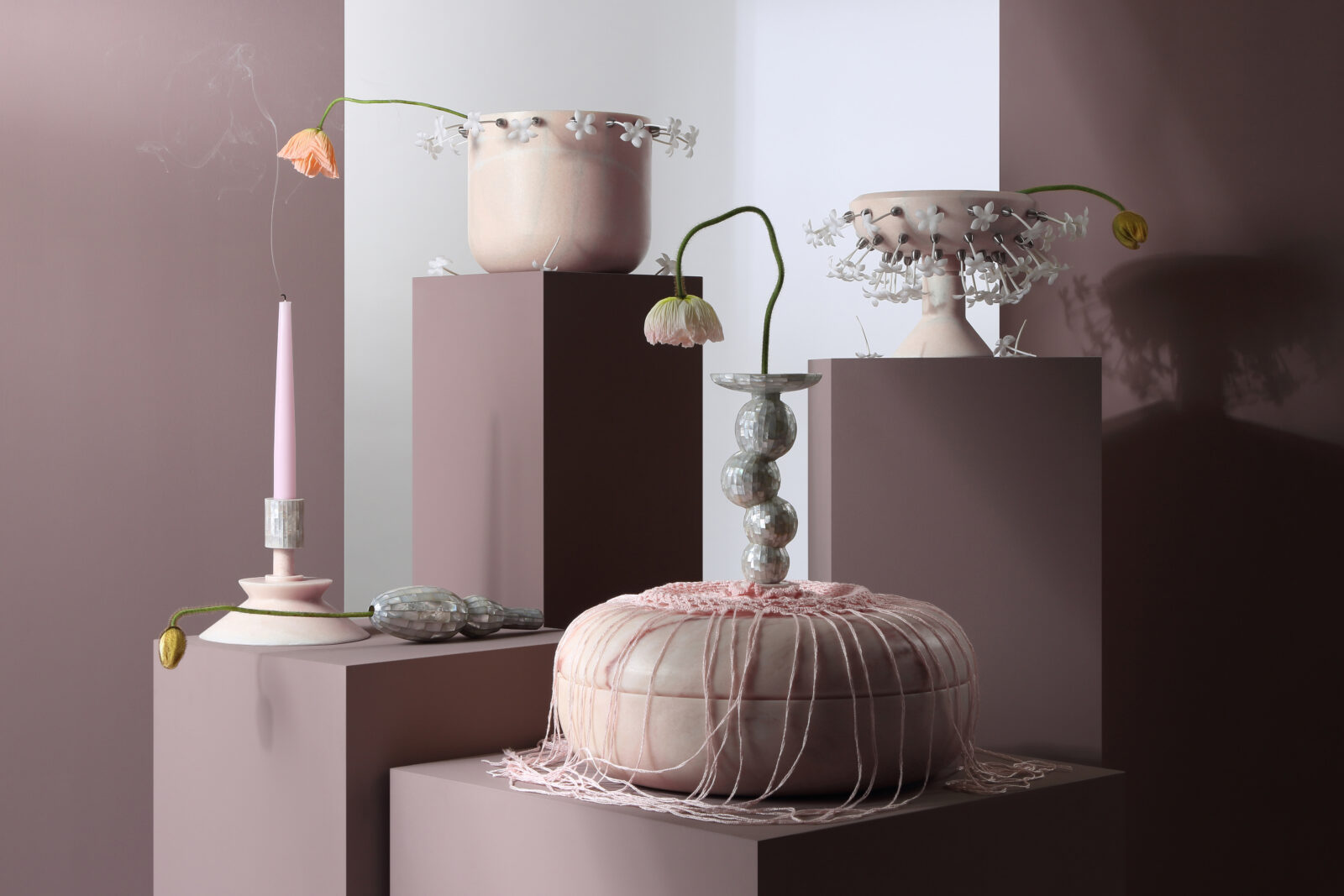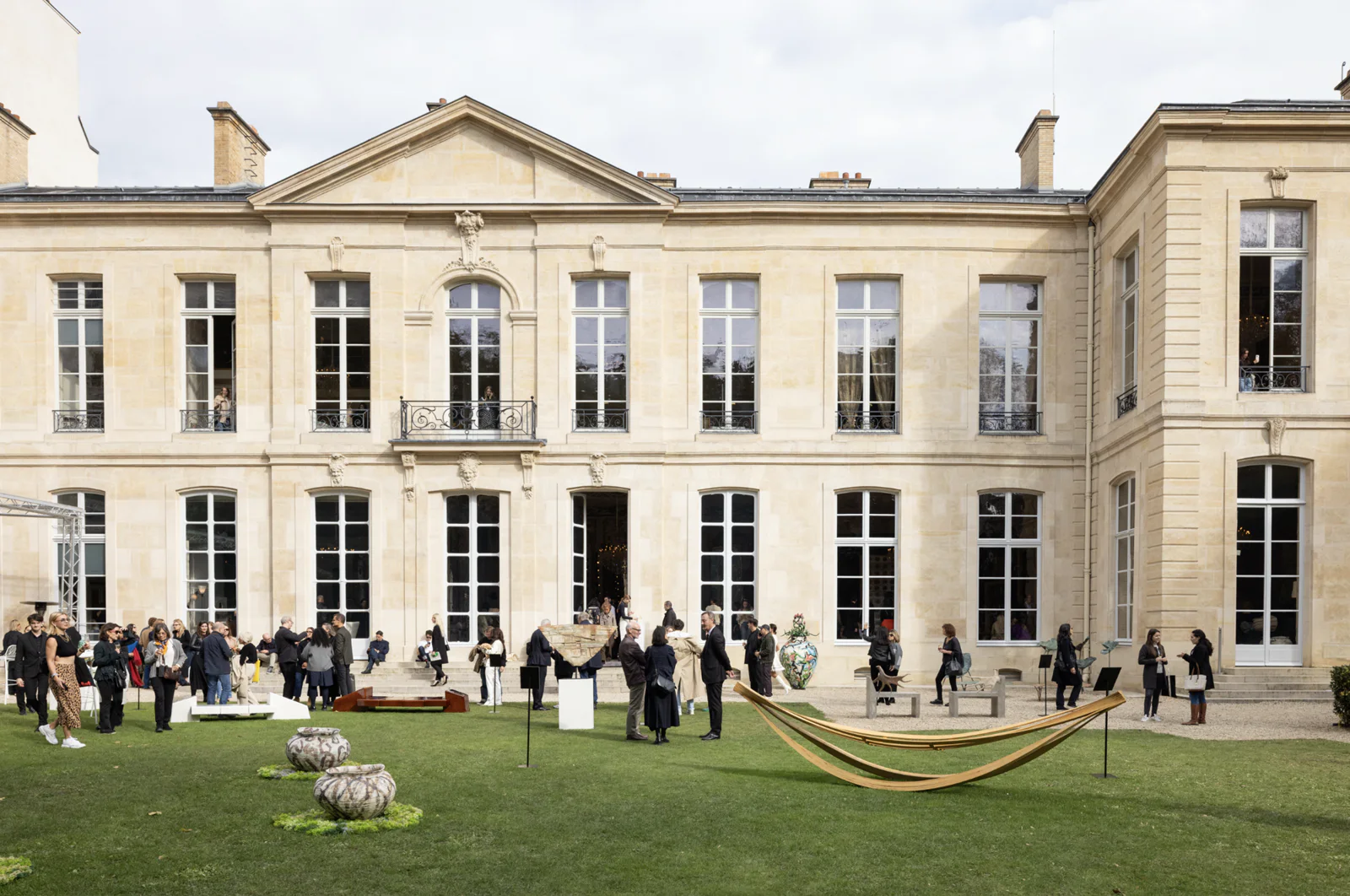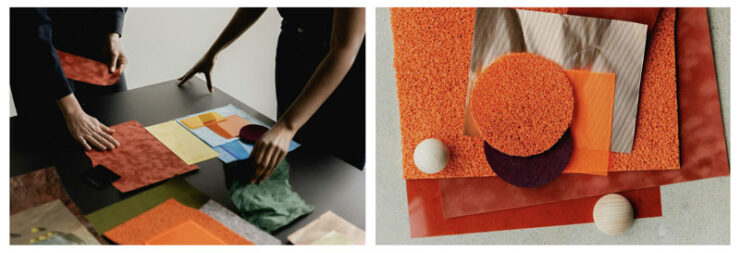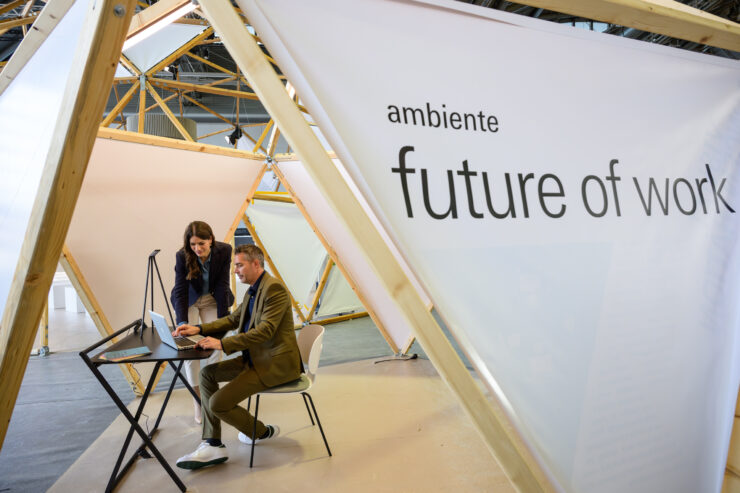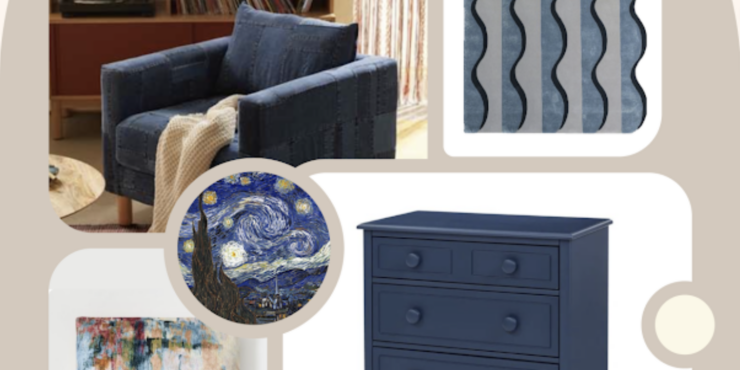Future of Design

In January 2025, Maison&Objet, in collaboration with Peclers Paris, will showcase Sur/Reality, a theme that reimagines surrealism for the contemporary world. Drawing inspiration from the fantastical, the absurd, and the playful, Sur/Reality invites visitors to explore new creative landscapes where fantasy and technology collide. This immersive experience will highlight the surprising, unexpected, and joyous objects that challenge our perception of reality, offering a refreshing escape from the ordinary.

In-room visualizer: This feature will allow the client to select a room scene of choice from predetermined options or upload a room scene of their own. They will also have access to the full STARK assortment to visualize any rug or carpet within the space, change the orientation, change the size of the rug, and adjust the binding.

A pivotal shift in luxury kitchen trends focuses on health-conscious culinary practices. Steam cooking and air frying, replacing conventional deep-frying methods, represent a move toward healthier lifestyles. Technological advancements, such as AI integration for precision cooking and the implementation of cameras in refrigerators, epitomize the fusion of cutting-edge innovation with culinary finesse.

